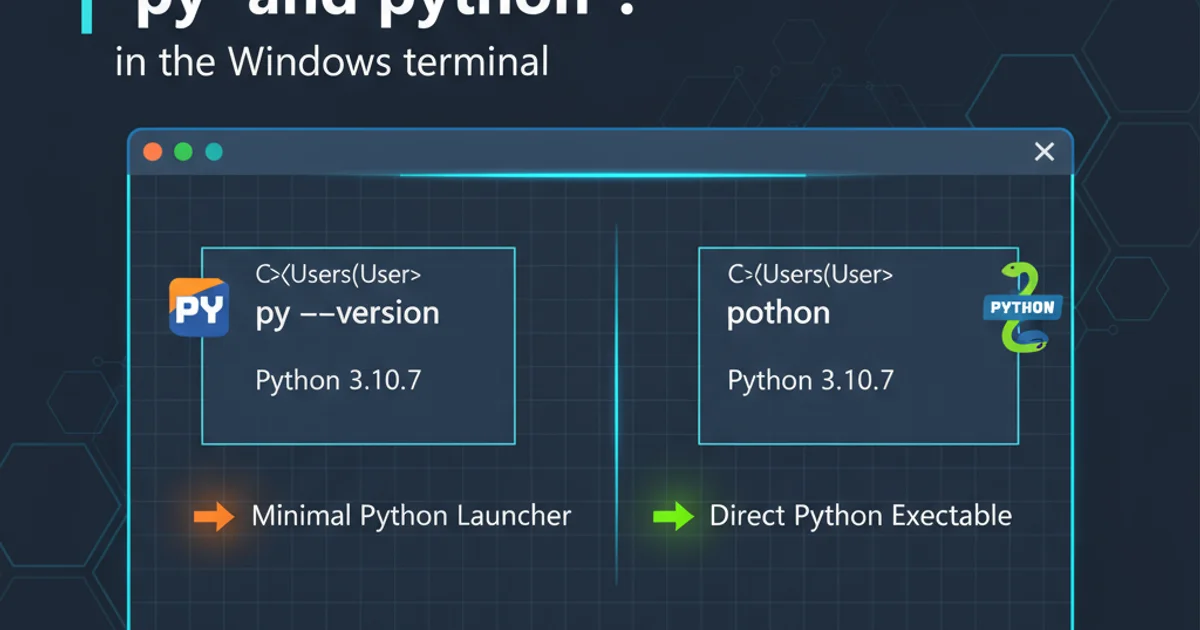How do I install CocoaPods?
Categories:
Mastering iOS Development: A Comprehensive Guide to Installing CocoaPods

Learn how to install CocoaPods, the dependency manager for Swift and Objective-C Cocoa projects, and streamline your iOS development workflow.
CocoaPods is an application-level dependency manager for Objective-C, Swift, and any other languages that run on the Objective-C runtime, such as RubyMotion. It has over 100,000 libraries and can help you scale your projects elegantly. This guide will walk you through the process of installing CocoaPods on your macOS system, ensuring you can easily integrate third-party libraries into your iOS, macOS, watchOS, and tvOS projects.
Prerequisites: Ruby and RubyGems
CocoaPods is built with Ruby and distributed as a Ruby Gem. macOS comes with a default Ruby installation, but it's often outdated and can lead to permission issues when installing gems. For a smoother experience, it's highly recommended to use a Ruby version manager like rbenv or RVM to install a modern version of Ruby. This avoids using sudo for gem installations, which is generally discouraged for security and system stability reasons.
sudo gem install cocoapods might seem like a quick fix, it's best practice to manage Ruby versions and gems without root privileges. This prevents potential conflicts with system files and ensures a cleaner development environment.flowchart TD
A[Start] --> B{Check Ruby Version}
B --"System Ruby (Old)"--> C[Install Ruby Version Manager (e.g., rbenv)]
C --> D[Install Modern Ruby Version]
D --> E[Set Modern Ruby as Default]
B --"Modern Ruby (OK)"--> F[Proceed to CocoaPods Installation]
E --> FRecommended Ruby setup process for CocoaPods
Installing CocoaPods
Once you have a stable Ruby environment set up, installing CocoaPods is straightforward. You'll use the gem command, which is RubyGems' package manager. This command fetches the CocoaPods gem from the RubyGems repository and installs it on your system.
1. Update RubyGems (Optional but Recommended)
Ensure your RubyGems is up to date to avoid potential issues during installation. This command updates the gem utility itself.
2. Install CocoaPods Gem
Execute the following command in your terminal. If you're using a Ruby version manager, you won't need sudo.
3. Verify Installation
After the installation completes, you can verify that CocoaPods is correctly installed and check its version.
gem update --system
gem install cocoapods
pod --version
Commands to update RubyGems, install CocoaPods, and verify its version.
gem install cocoapods even after using a Ruby version manager, ensure your shell is configured to use the Ruby version manager's Ruby. You might need to restart your terminal or run rbenv rehash (for rbenv) or rvm use --default ruby-X.X.X (for RVM).Using CocoaPods in Your Project
With CocoaPods installed, you can now integrate it into your iOS projects. The basic workflow involves creating a Podfile, listing your dependencies, and then running pod install.
1. Navigate to Your Project Directory
Open your terminal and change the directory to the root of your Xcode project (where your .xcodeproj file is located).
2. Create a Podfile
If you don't have one already, initialize a new Podfile. This command creates a basic Podfile template.
3. Edit the Podfile
Open the Podfile in a text editor and add your desired dependencies. For example, to add Alamofire and SnapKit:
4. Install Pods
Save the Podfile and then run the install command. This will download the dependencies, integrate them into your project, and create a new .xcworkspace file.
5. Open Your Project
From now on, always open your project using the newly generated .xcworkspace file, not the old .xcodeproj file.
# Example Podfile content
platform :ios, '13.0'
use_frameworks!
target 'YourProjectName' do
pod 'Alamofire', '~> 5.0'
pod 'SnapKit', '~> 5.0'
end
Example Podfile demonstrating how to declare dependencies.
cd /path/to/YourProject
pod init
# Open Podfile and add dependencies
pod install
open YourProject.xcworkspace
Terminal commands for initializing, installing, and opening a CocoaPods project.